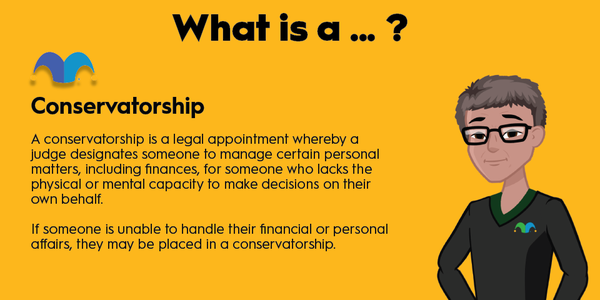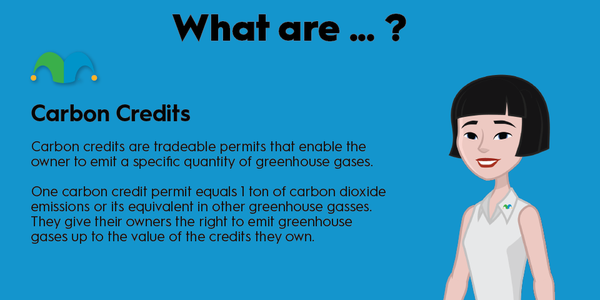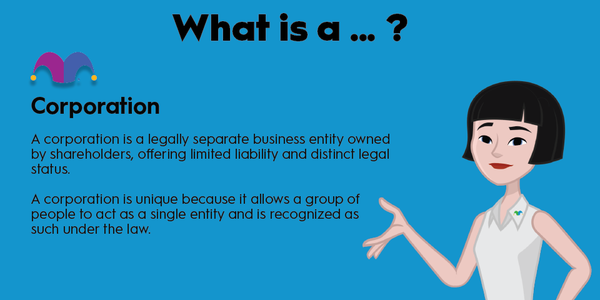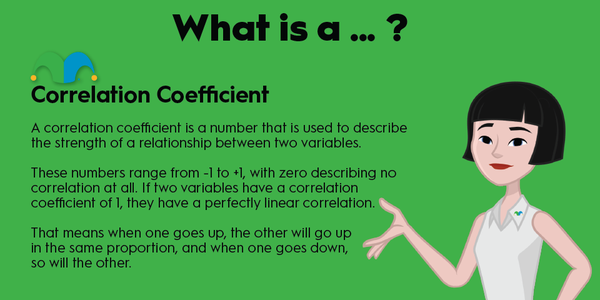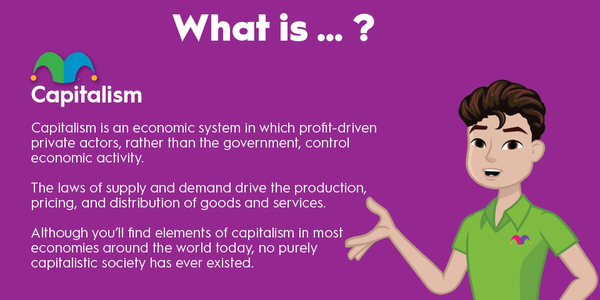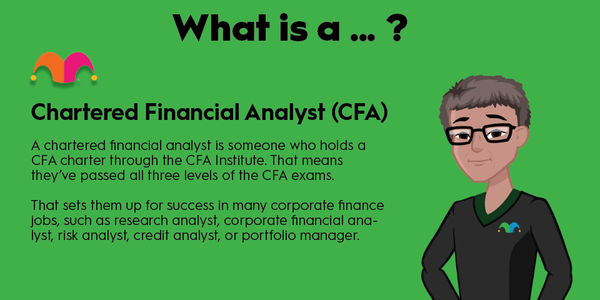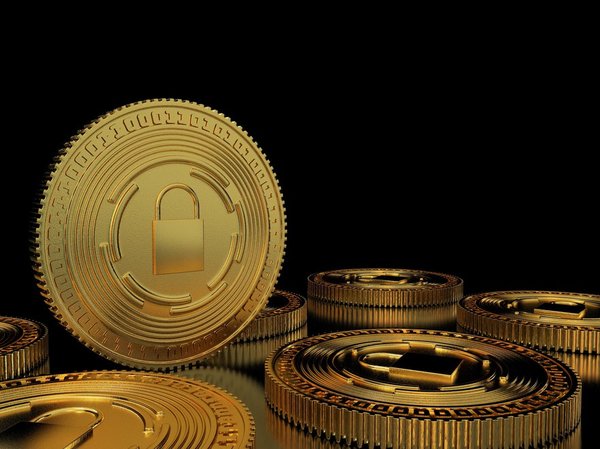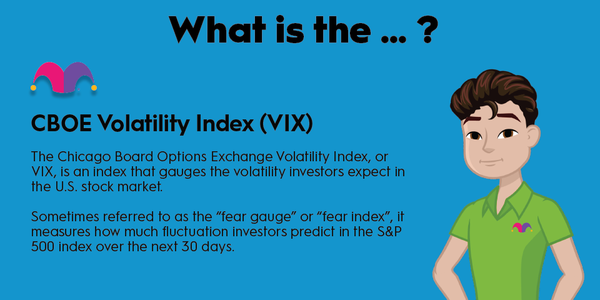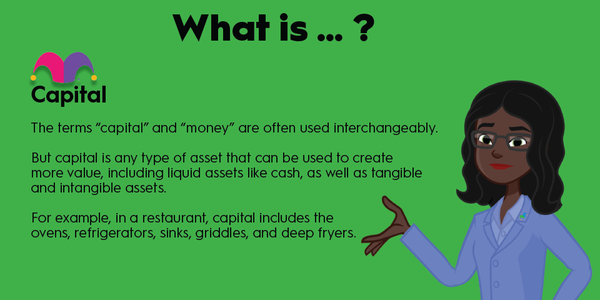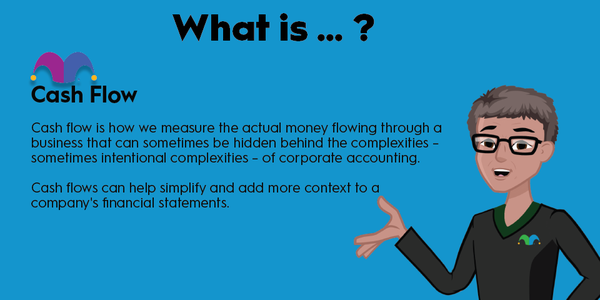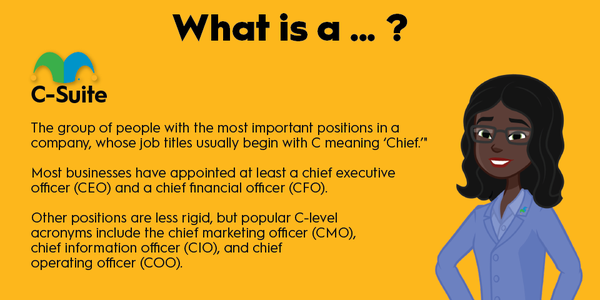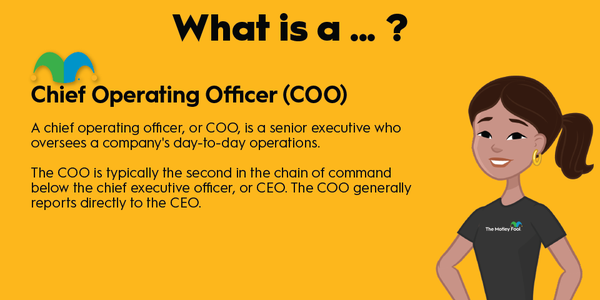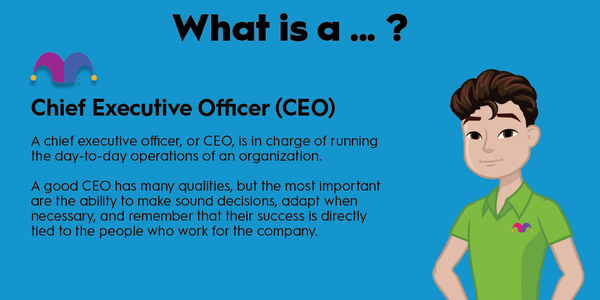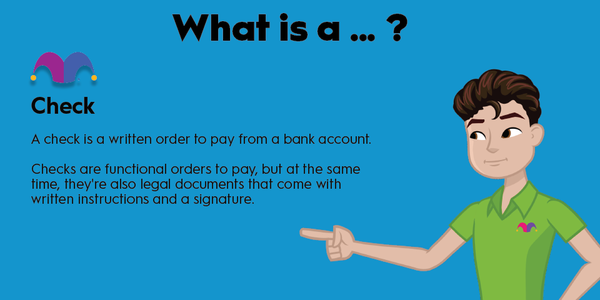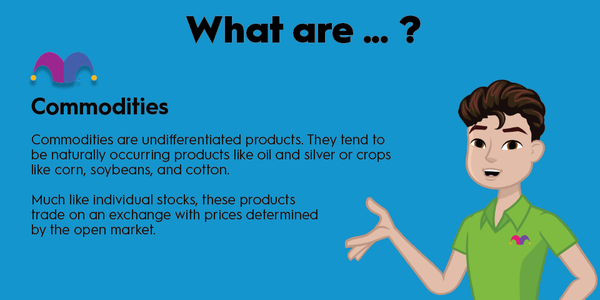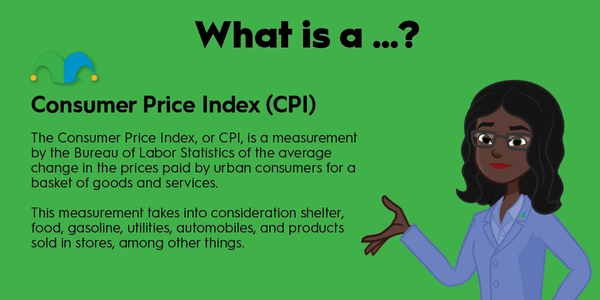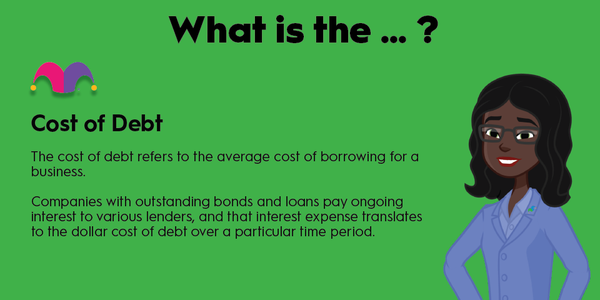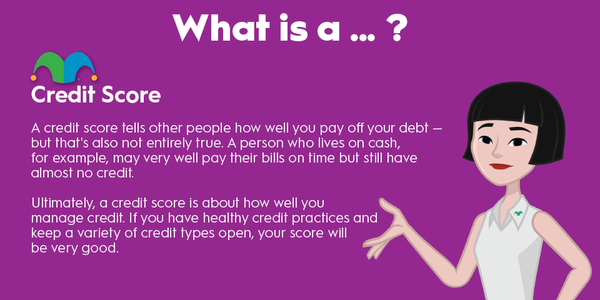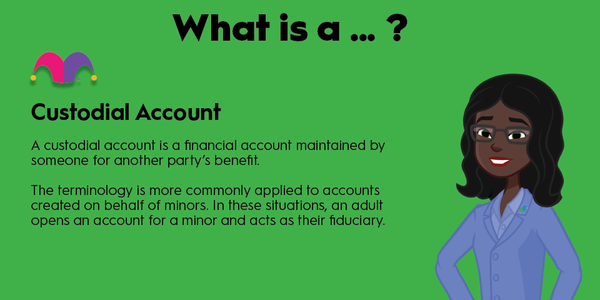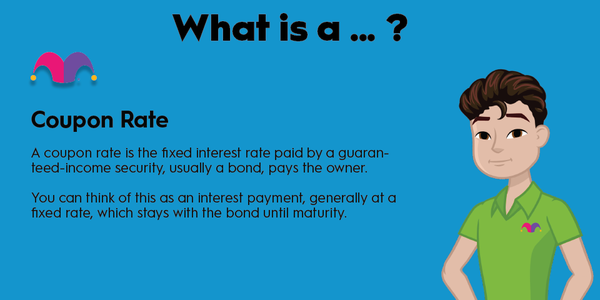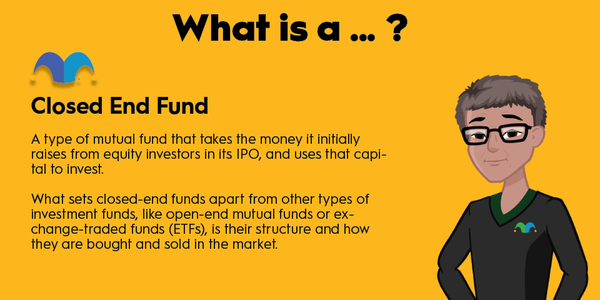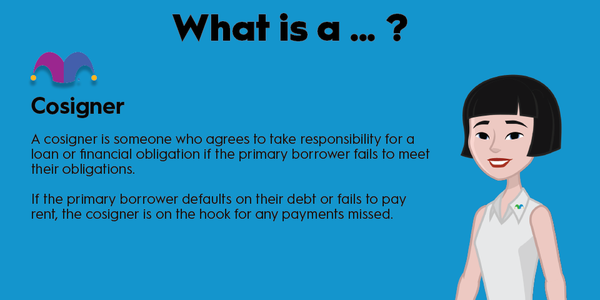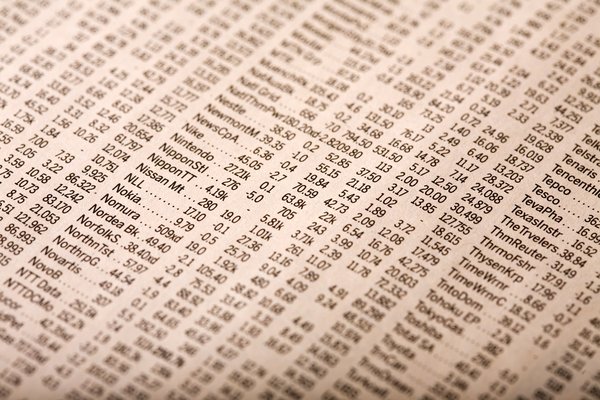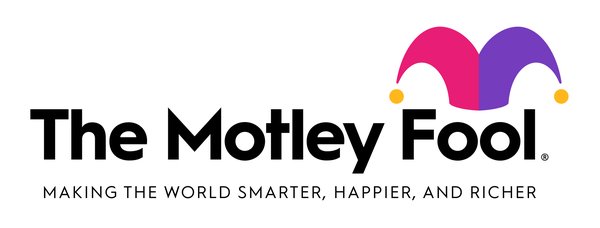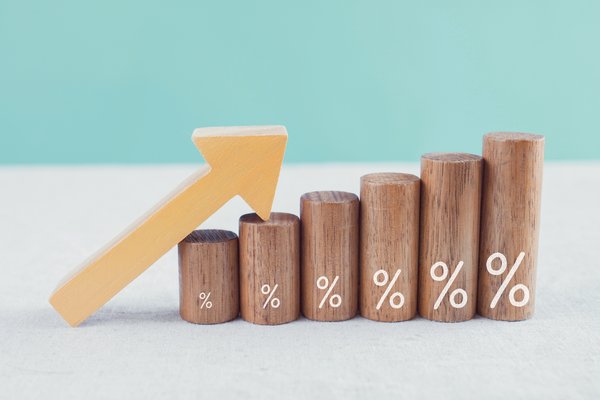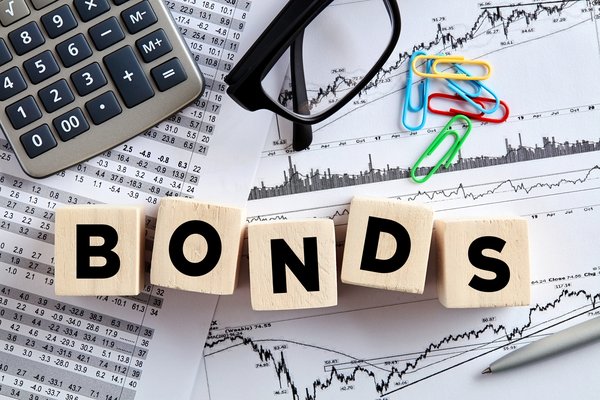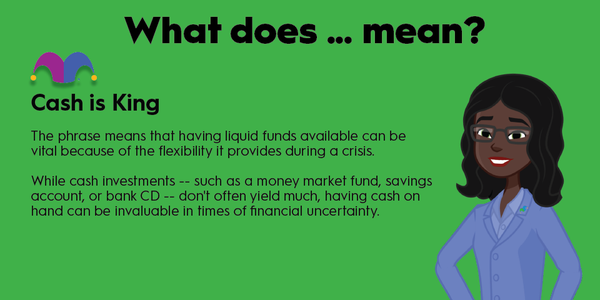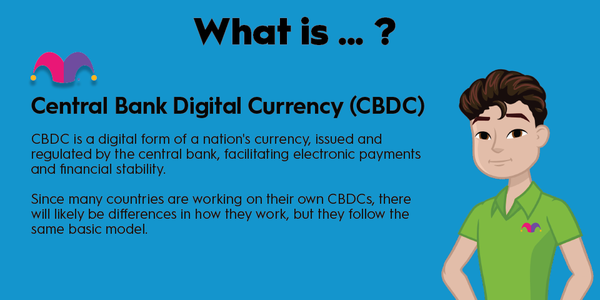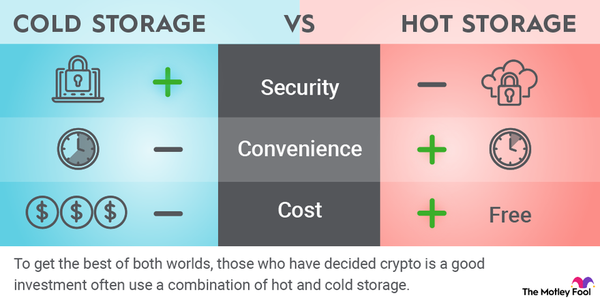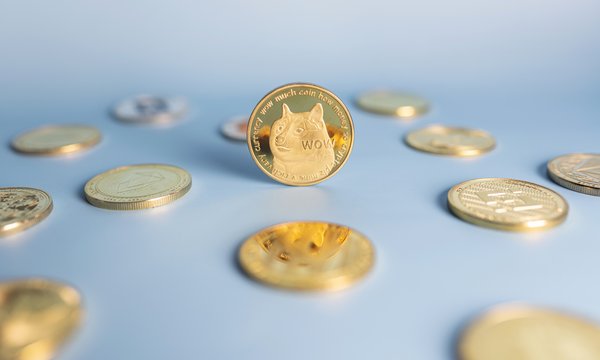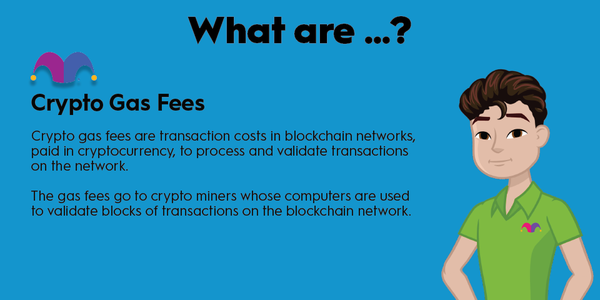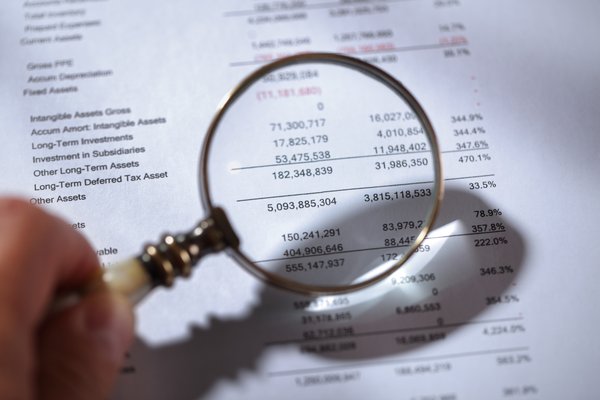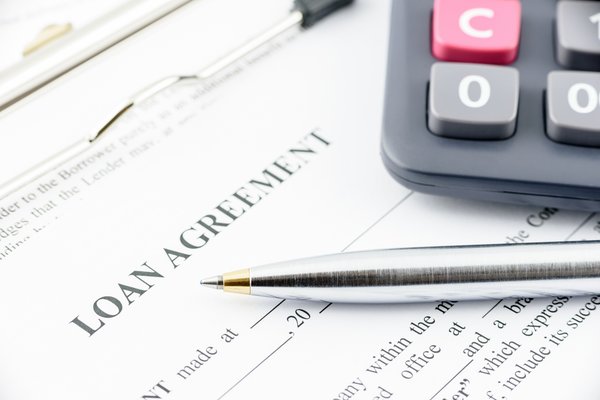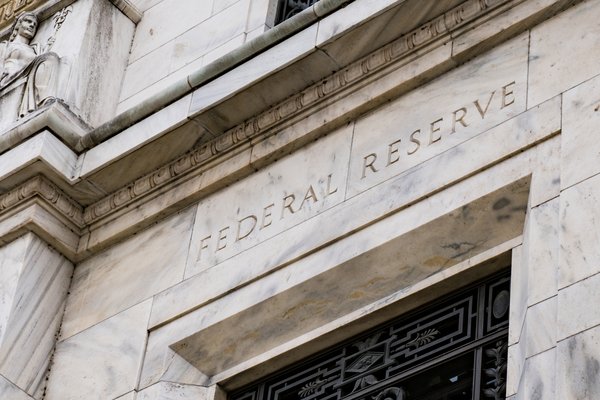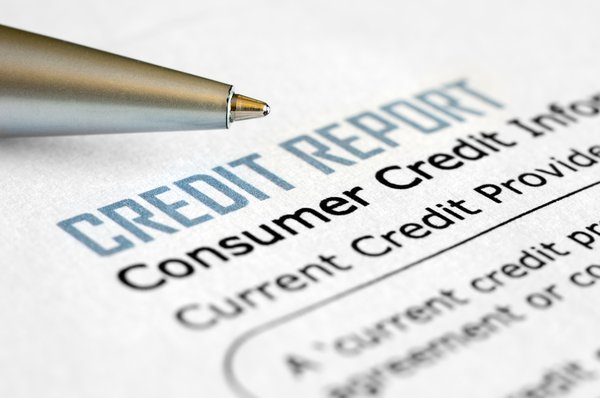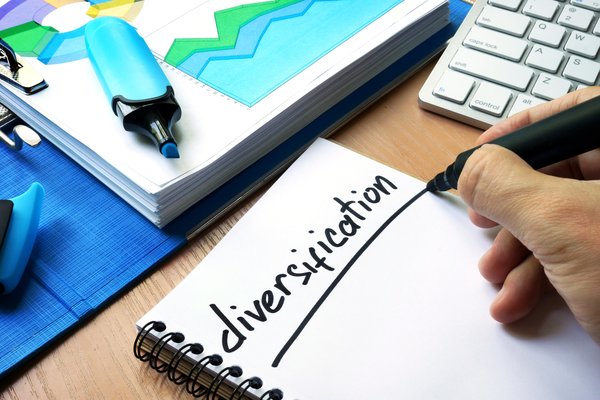There are several different places where you can put your cash. A checking account can be great for paying for bills and everyday living expenses, but it generally won’t earn you much interest, if any. Then there’s a savings account, which can earn you quite a bit more interest, but there’s no guarantee that the interest rate will remain attractive.
A certificate of deposit, or CD, is a type of account that can allow savers to lock in a specific interest rate for a certain time and can be a great solution if you’re looking to maximize the returns from your rainy-day cash. In this article, we’ll look at exactly what a CD is, whether it might be right for you, and how you might be able to use it in your financial planning.
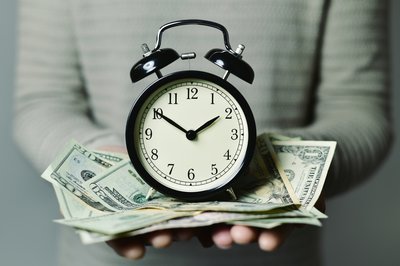
What is a CD?
What is a CD?
A certificate of deposit, or CD, is a type of bank account that requires the account owner to agree to keep their money in the account for a certain period. For this reason, CDs are also known as time deposits in the banking world. For example, if you open a one-year CD, you are required to leave the money in the account for a full year. Common lengths for CDs range from about three months to six years, although it isn’t unheard of to find CDs with shorter or longer terms.
In exchange for your agreeing to keep your money in a CD for a certain period, banks are generally willing to pay higher interest rates than for savings accounts. They pay fixed interest rates that are typically expressed as annual percentage yields, or APYs, which tell you how much your CD will grow by each year.
There are a few important concepts to understand before opening a CD. First, you can take money out of a CD before it reaches maturity, but you’ll typically have to pay a penalty for doing so. In most cases, CD early-withdrawal penalties mean you'll forfeit a certain number of months’ worth of interest.
Second, most CDs automatically renew upon maturity. You’ll usually have a grace period -- say two weeks prior to maturity -- during which you can express your intention to withdraw the money. But if the bank doesn’t hear from you, there’s a high probability the account will automatically renew for another term of the same length at the then-current interest rate.
It’s also important to mention that CDs offered by banks are insured by the Federal Deposit Insurance Corp. (FDIC) up to the maximum of $250,000 per depositor per financial institution. So if you’re wondering if a CD is a safe investment, the answer is a resounding yes.
Is a CD right for you?
Is a CD right for you?
A CD can make sense if all these things apply to you:
- You want a higher interest rate than your savings account offers, and/or you want to know what your interest rate will be for a certain time.
- You are reasonably certain that you won’t need access to your money until after the CD reaches its maturity date.
- You want to earn strong returns on your money, but don’t want the risk of investing in stocks, or even bonds. And you don’t want the hassle of opening another type of account, such as a TreasuryDirect account to buy Treasury bonds.
CD ladders
CD ladders can be a smart strategy
Taking CDs a step further, there are two principles that often work against each other. First, in most economic climates, the longer a CD’s term, the higher the APY. And second, the longer the CD’s term, the longer your money is tied up and the higher the early-withdrawal penalty.
One potential solution to this dilemma is to create what's known as a CD ladder. This involves splitting your money into several equal parts and using it to buy CDs with various maturities. For example, if you have $10,000, you might open five different CDs with maturities of one, two, three, four, and five years respectively.
The idea is that some of your money will always be within one year of maturity and some will be locked in at longer-term interest rates. If you need the money as it matures, you can use it. But if you don’t, you can simply reinvest it in a new five-year CD once it matures.
How much can you make from a CD?
How much can you make from a CD?
To be perfectly clear, the rate you see when you sign up for a CD is its annual percentage yield, or APY. This is somewhat different from the actual interest rate, but since we don’t want this discussion to turn into a math lesson, APY is the important number to know.
In simple terms, APY tells how much your CD will grow in one year. So a $1,000 CD at a 4% APY can be expected to be worth $1,040 after one year.
Of course, the amount of money you can make depends on a few factors, such as how much you deposit, whether you receive your interest payments or leave them in the CD to collect compound interest, how long your CD’s term is, and more. But especially in today’s relatively high-rate environment, CDs can be a good means of earning nice returns on your money without taking on much risk.
Of course, the amount of money you can make depends on a few factors, such as how much you deposit, whether you receive your interest payments or leave them in the CD to collect compound interest, how long your CD’s term is, and more. But especially in today’s relatively high-rate environment, CDs can be a good means of earning nice returns on your money without taking on much risk.
